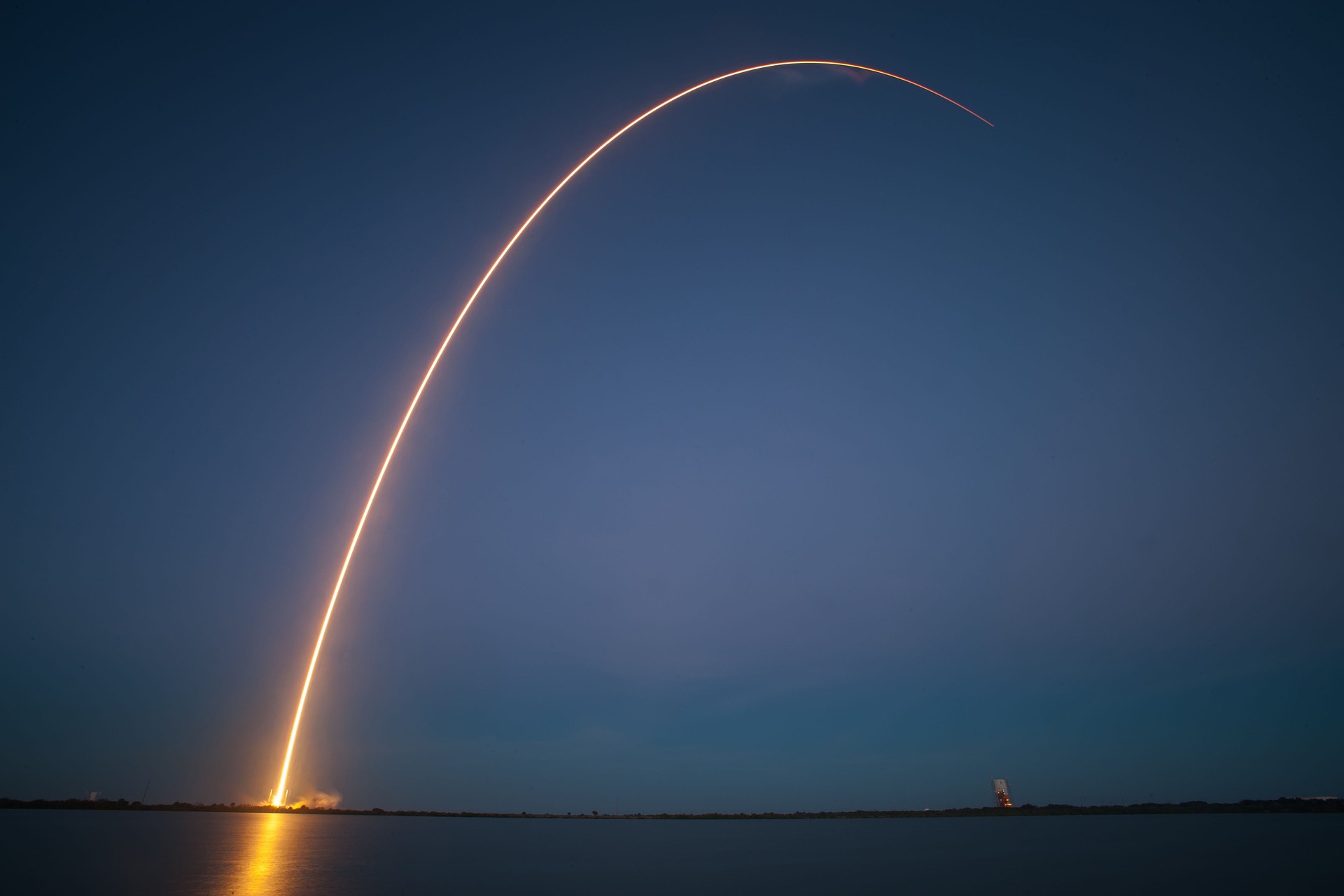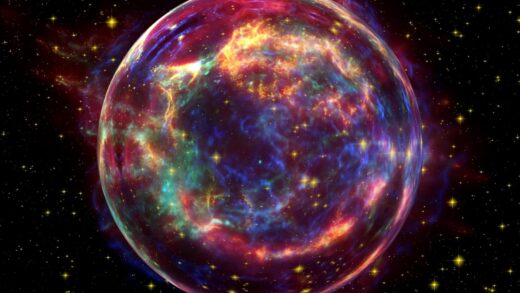
While even Neptune in our own solar system is a blurry blue ball when viewed from Earth’s orbit, finding habitable exoplanets outside our solar system is certainly much more difficult by directly capturing them, even with space telescopes, because of the overwhelming glare of their parent stars.
None of the five different methods to detect exoplanets, including direct imaging, astrometry, radial velocity, transit event observation, and microlensing, is capable of shedding light on the habitability of such distant nonluminous objects.
The fundamental requirement for habitability is the presence of atmospheric biosignature gases—gases produced by life that can accumulate to detectable levels in an exoplanet atmosphere.
There is only one instrument to date, the James Webb Space Telescope, capable of using transit spectroscopy. The technique will enable astronomers to observe a transiting exoplanet as it passes in front of its host star, and also to observe the planet’s atmosphere as it is backlit by the star.
Although, as of 1 September 2022, there are 5,157 confirmed exoplanets in 3,804 planetary systems, with 833 systems having more than one planet, astronomers haven’t yet been successful in determining any of their habitability.
Adding a spark of hope now, researchers have recently published their findings in The Astrophysical Journal, stating that they developed a new technique to measure the intensity of CMEs that, as they claim, will help to determine the habitability of other planets in our galaxy.
How CMEs help find the habitable exoplanets?
The researchers believe that coronal mass ejection (CME), a magnetic explosion on the sun that sends a chunk of the corona hurtling into interplanetary space almost once a day, almost certainly happens on other stars as well, producing aurorae – beautiful ribbons of colorful light that dance across the sky near the Earth’s poles.
The biggest CMEs, such as the one that hit Earth in the mid 1800s, are awesome, once-in-a-century events that can disrupt the electronics of satellites and even our electrical grid.
When CMEs or showers of fast particles that spray out ahead of them and hit the planet, also affect the chemistry of the atmosphere in ways we can’t see, sometimes even destroying bits of the atmosphere’s protective ozone.
According to Parke Loyd, a scientist at Eureka Scientific and previously an ASU postdoctoral research scholar in the School of Earth and Space Exploration, CMEs from stars have proven very hard to detect.
Although the scientific community is still in search of definitive proof that stars other than the sun produce CMEs, the team of researchers analyzed archival observations taken by the Hubble Space Telescope, including two sets of observations originally intended just for calibration of the young star, Epsilon Eridani, about 75% the size of the sun.
Loyd claimed that the observations captured three clear flares, spikes in UV light that indicate a magnetic explosion occurred on the stellar surface, and “our novel analysis enabled us to place first-of-their-kind limits on the amount of million-degree plasma that could have been ejected by CMEs accompanying those flares”.
Does finding habitable planets mean finding aliens?
One of the reasons that makes this finding so exciting and important is that, said Loy, most of the planets in our galaxy orbit red dwarf stars, but we don’t yet know if these planets could end up as habitable as the Earth.
Further stating that there certainly are plenty of red dwarf planets that could have the right surface temperature for liquid water, the basis for life, Loy added, “However, we suspect the CMEs from these stars are more intense. If they are, they could strip these planets of their atmosphere, and without an atmosphere, these planets could not have liquid surface water.”
With the successful demonstration of this new method, scientists are expecting to start exploring its broader application to other data from the Hubble Telescope, X-ray observatories and even future space missions.
Only when habitable planets are discovered, will we know for sure if our own is truly a lonely living planet in the universe, or not. JWST recently captured CO2 in the atmosphere of WASP-39 b, a gas giant planet orbiting a sun-like star 700 light-years away, providing important insights into the composition and formation of the planet.
The joint effort of the JWST and the CMEs technique is likely to provide a new window to peer into the atmospheric structure of an exoplanet, further leading to the discovery of its inhabitants as well.
Auto Amazon Links: No products found.


